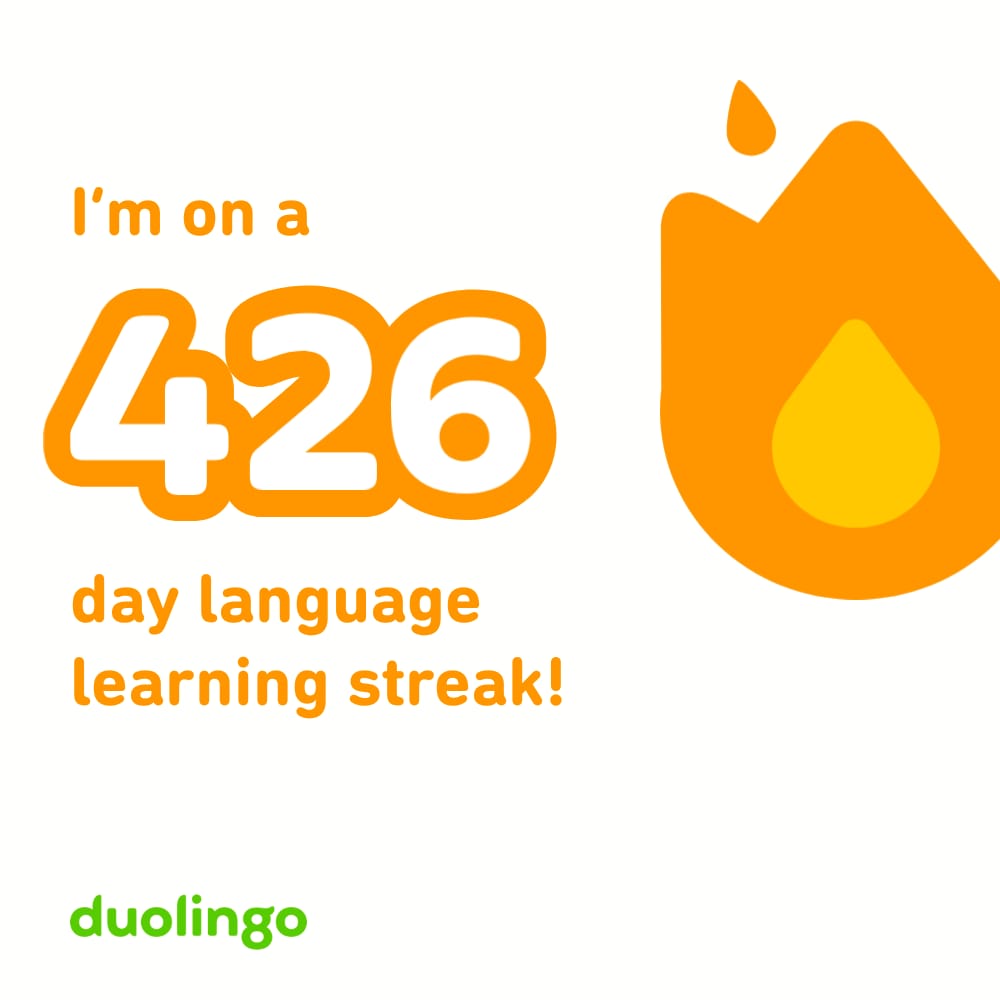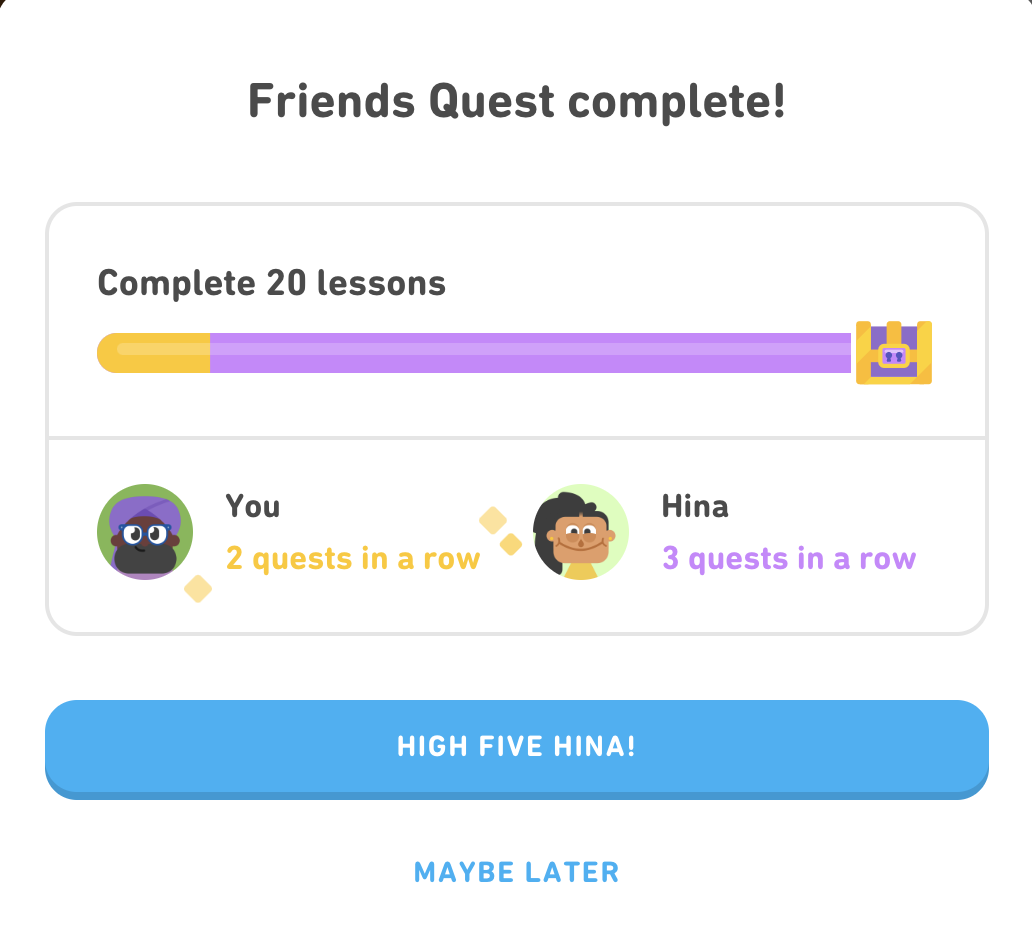Learning by Gamification
If you have ever taught a child who is just starting school, you may have noticed that concepts that seem simple to you can be quite complex for them. This is due to their limited understanding and lack of prior knowledge. Additionally, children often have short attention spans and can easily be distracted by their surroundings, making it even more challenging to teach them new concepts.
In order to better understand how to teach these concepts effectively, I reached out to a school teacher named Mrs. Rasika. She graciously invited me to observe one of her classes, and the experience made me nostalgic for my own school days. During this day, I witnessed Mrs. Rasika using creative and engaging methods to teach different subjects.
For example, in the Hindi class, the students learned the alphabet ह (pronounced as “ha”) by observing a dancing elephant (हाथी). This visual representation helped the children to associate the shape of the letter with its corresponding sound, and it’s usage in words.
The teacher came dressed as an elephant and danced with the kids.

In the English class, the teacher told a story about a pet dog, which not only entertained the students but also helped them to understand and remember new vocabulary words in context.

In the math class, instead of simply studying from textbooks, the students engaged in hands-on activities. They played with different blocks and toys, which not only made the learning experience more enjoyable but also helped them grasp mathematical concepts through practical application. Additionally, the class had a competitive element, with teams competing for scores. One way to earn points was by correctly answering addition problems, which motivated the students to pay attention and actively participate in the learning process.
Inspired by Mrs. Rasika’s teaching methods, I decided to try a similar approach with my own child. I used the game of cricket to teach him the multiplication table of 4. Each time he hit a boundary, he had to calculate the runs, which required him to multiply the number of runs per boundary by the number of boundaries hit. This interactive and enjoyable activity not only made learning more fun for my child but also helped him practice and remember the multiplication facts.
By incorporating elements of play, storytelling, and hands-on activities into the learning process, both Mrs. Rasika and myself were able to make complex concepts more accessible and engaging for the children. This approach not only captures their attention but also encourages active participation and deeper understanding of the subject matter.
Gamification as adults
You know, one thing that I’ve come to realize is that as adults, we often mistakenly believe that we have everything figured out and that we’ve outgrown the challenges of learning difficult concepts. But the truth is, we still get bored, struggle with attention span, and crave love and affection, just like kids do.
Recently, I had a dental appointment that reminded me of this truth. As the dentist used various drilling machines and large syringes in my mouth, I couldn’t help but feel fear and pain. It was a daunting experience, and my discomfort was clearly written all over my face. But then, something unexpected happened.

During my dental appointment, I could feel the fear and discomfort as the dentist used various tools and instruments in my mouth. It was not a pleasant experience, to say the least. However, my dentist, being perceptive to my unease, took a different approach to help ease my anxiety.
In a voice that resembled the way I talk to my own child, she spoke to me with calmness and patience. She acknowledged that the upcoming step might cause some pain, but she reassured me that I was a strong person who could handle it. Her words weren’t meant to belittle or make light of my fears; instead, they were genuine and empathetic.
What struck me the most was when she referred to the anesthetic injection as “The magic medicine to remove the pain.” By using such a playful and imaginative term, she transformed the injection from something intimidating into a more approachable concept. It was as if she was giving me a secret power to overcome the discomfort.
In that moment, I realized that I wasn’t alone in feeling afraid. Even as adults, we can still experience fear and anxiety in unfamiliar or uncomfortable situations. The dentist’s choice of words and her empathetic approach created a connection between us. It made me feel understood and supported, which helped alleviate some of my apprehension.
Gamification is a powerful tool used by businesses to captivate customers and drive desired actions. DuoLingo, a language learning application, is a prime example of how gamification can be effectively employed to engage users.
Personally, I have developed a fondness for DuoLingo while learning Dutch. Recently, I achieved an impressive streak of 400 consecutive days of learning. This accomplishment has sparked my curiosity to explore how DuoLingo utilizes gamification to keep its customers engaged and motivated.
Let’s delve into the strategies DuoLingo employs to create an immersive and captivating experience for its users through gamification.
The Animated Characters
DuoLingo enhances its gamified experience through the use of animated characters. These characters, such as Lily and others mentioned on https://duoplanet.com/duolingo-character-names/, bring a touch of personality to the exercises and notifications. I find it delightful when Lily appears in my notifications and playfully tells me, “I don’t care if you want to maintain your streak or not” with a playful emoticon. It’s a clever way of reminding me to continue learning while adding a humorous twist.
 Additionally, the course track on DuoLingo is designed to resemble a path. With each successfully completed exercise, users progress along this path, reaching new milestones. This visual representation of progress gives a sense of accomplishment and advancement, making the learning journey feel more tangible and rewarding.
Additionally, the course track on DuoLingo is designed to resemble a path. With each successfully completed exercise, users progress along this path, reaching new milestones. This visual representation of progress gives a sense of accomplishment and advancement, making the learning journey feel more tangible and rewarding.
Streaks and Daily Goals
Streaks are a valuable tool for measuring the number of consecutive days we have completed a task. They play a significant role in building habits. While streaks can be used to track daily progress, it is also essential to consider the frequency of performing a task per week to establish a consistent habit.
In the case of DuoLingo, streaks are implemented as a gamification element to encourage users to maintain a regular learning habit. When I initially achieved a streak of 30 days, I was rewarded with a sense of accomplishment and received an award. It was a fun and motivating experience. Now, with a streak of 400 days, the stakes feel higher. Skipping a day would mean losing all the hard work and effort invested in reaching this milestone.

DuoLingo leverages streaks and daily goals to incentivize users to log in and complete lessons every day. By maintaining a streak, users build momentum and motivation to continue learning and progressing in their language learning journey. The longer the streak, the more determined and motivated users become to maintain their progress.
The fear of breaking a streak can be a powerful motivator to stay consistent and dedicated to the learning process. DuoLingo understands this and uses streaks as a way to engage and encourage users to make language learning a daily habit.
By implementing streaks and providing rewards for maintaining them, DuoLingo effectively fosters a sense of achievement and motivation among its users. It creates a positive feedback loop that helps individuals stay committed to their language learning goals
Streak Freezes
Besides learning languages on DuoLingo, I also enjoy playing chess on chess.com. Similar to DuoLingo, chess.com displays streaks for daily puzzles, and I make an effort to keep my streak going there as well. Currently, I stand at around 5 consecutive days of puzzles on chess.com.
However, there was one particular day when I found myself overwhelmed with work and feeling exhausted. I simply didn’t have the energy or mental capacity to manage my streaks, so I decided to prioritize rest and sleep. Unfortunately, this led to the loss of my streak on chess.com. On the bright side, my streak on DuoLingo was maintained thanks to the streak freeze feature they offer.


Streak freezes are limited opportunities where you can still receive credit for maintaining your streak, even if you don’t complete the required tasks. It can be a relief to have this option available, as it allows for some flexibility when life gets busy or circumstances prevent us from engaging in our regular activities. However, it’s important to be mindful of the potential trap that comes with streak freezes. The stakes of loosing a streak on chess.com is only ~5 days, while on duolingo - it is 400+ days.
While streak freezes provide a way to keep your streak alive, it’s worth noting that the higher the number of consecutive days, the greater the pressure to maintain it. The desire to preserve a long streak can create a sense of obligation and anxiety, as we feel compelled to avoid breaking it. It’s important to find a healthy balance and not let the pressure of streaks overshadow the enjoyment and personal growth that come from these activities.
Gems
Gems, in the context of DuoLingo, serve as rewards for various accomplishments and actions. They can be earned by completing exercises, participating in friend quests, and other positive interactions within the app. These gems provide a sense of achievement and satisfaction, as they represent tangible rewards for our efforts.

While I personally don’t recall using the gems for any specific purpose within the app, their presence is still significant for engagement. The act of receiving something, even if it’s not directly utilized, adds an element of excitement and motivation to the learning experience. It’s a way for DuoLingo to acknowledge and appreciate our progress and contributions.
Friend Quests
Friend quests in DuoLingo offer a unique opportunity to connect with other users and work towards a shared goal. By participating in these quests, not only are you helping DuoLingo grow, but you also engage with a diverse community of learners.

Friend quests involve collaborating with other users to collectively complete a specific number of exercises within a given time frame. This collaborative aspect adds a sense of camaraderie and teamwork to the language learning experience. It allows you to connect with different individuals who share a common interest in learning languages.
Engaging in friend quests not only benefits DuoLingo as a platform but also provides a chance to learn from others and gain new perspectives. It creates a supportive environment where you can exchange tips, motivate each other, and celebrate collective achievements. The shared goal of completing a certain number of exercises within a specified time adds a sense of excitement and purpose to the learning process. Duolingo smartly make use of my efforts to bring users back to it’s platform, when I call or whatsapp my friend in friend quest, to put efforts and complete tasks otherwise we both will lose.
By participating in friend quests, you not only contribute to the growth of DuoLingo but also expand your network and connect with like-minded individuals. Together, you can encourage each other, share experiences, and work towards achieving language learning milestones.
XP and Leaderboards
DuoLingo introduces an experience points (XP) system, where users earn points for completing lessons and exercises. These points contribute to leveling up, creating a sense of achievement and progression. With each level gained, users unlock new content and challenges, providing a sense of accomplishment and advancement in their language learning journey.
DuoLingo incorporates social elements by allowing users to connect with friends and participate in leaderboards. Users can see how they rank compared to their friends, fostering friendly competition and a sense of community. This social interaction adds an extra layer of motivation and accountability, as users strive to outperform their peers.

As an application developer, I use duolingo as an inspiration for gamification apps. I am constantly seeking ways to create an enriching experience for my users.
Incorporating gamification tools into my application is a powerful strategy to enhance user engagement and satisfaction. By implementing streaks and daily goals, rewards and achievements, social interaction and collaboration, progress tracking and visualization, as well as personalization and customization, I can create an application that not only meets users’ needs but also keeps them motivated and excited to interact with it. With these gamification elements in place, I can foster a sense of progress, recognition, community, and personalization, making the user experience more enjoyable and meaningful. By leveraging gamification, I can create an application that users love and want to return to, driving long-term usage and loyalty. So, as I embark on this development journey, I am excited to build an application that incorporates these gamification tools, ensuring an engaging and rewarding experience for my users.
